Olst
Harmonious coexistence in self-built earthships
Car-free and independent of fossil fuels – that’s how Rogier and Miriam wanted to live with their children. Together with like-minded people they built their own house: from old tires and earth.
By Sanne Derks
The self-built houses of the residents were inspired by the earthships of the American architect Michael Reynolds. The walls are made of earth and filled with tires, the houses often of waste materials. The residents sought to build houses that are independent of fossil fuels. For this reason, the windows are directed to the south side to provide the houses with optimal heating. They have a 9 per cent incline angle and the roof is insulated with recycled EPC. The roof, on which grass, flowers and stonecrops were planted, absorbs water and is equipped with solar collectors and solar panels.
Proudly, Rogier says: "It’s incredible that we’ve succeeded. It required a tremendous commitment. For three consecutive years, each person had to work one day a week on the project and attend four hours of meetings. Decisions were made on the basis of the sociocratic method. This means that every contribution was always respected. We built all the houses together, without any idea of how to do it, and in an experimental style.”
During the process, there were also some setbacks, which sometimes forced the settlers to adjust their goals. Estella Franssen has gone through the whole process from idea to execution. She reports that the group also had to deal with building permits, regulations and laws. Various commissions had to check whether all construction requirements had been met. As a result, the houses ended up being much more expensive than initially estimated. It was therefore decided to build the houses only in shell construction and to have them completed by the residents themselves. Due to the loss of time and the fact that the construction using car tires would take much more time, the settlers also decided to build eleven of the 23 houses with straw walls instead of earthen walls.
Very different people come together in the settlement. For Rogier, living here with his family and belonging to a community is something special. “Living here is so fantastic. And through the whole process that we have behind us, we know exactly what we have in our neighbours.”
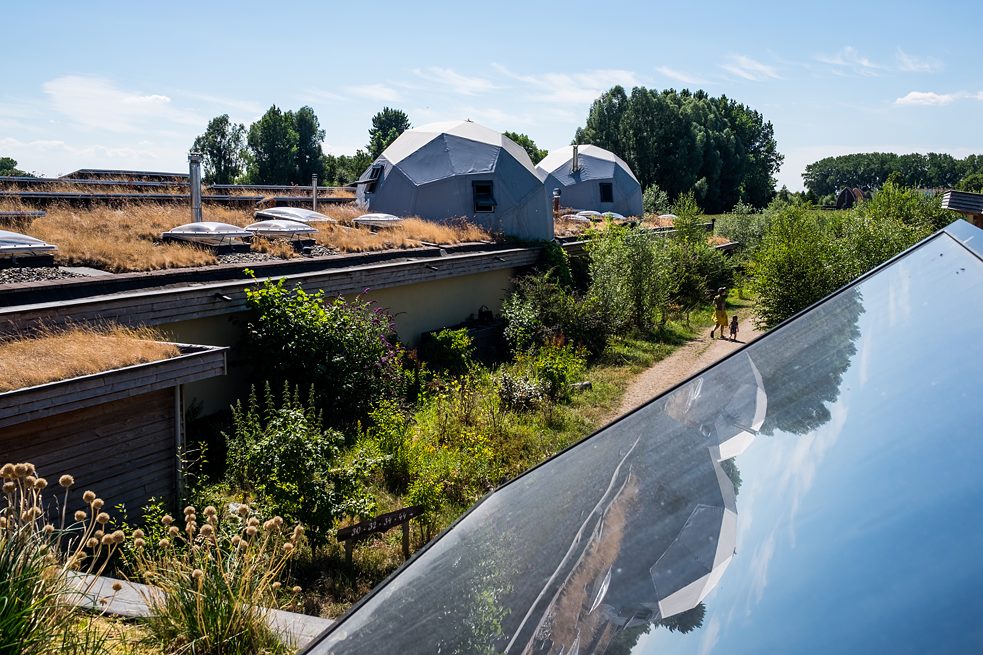
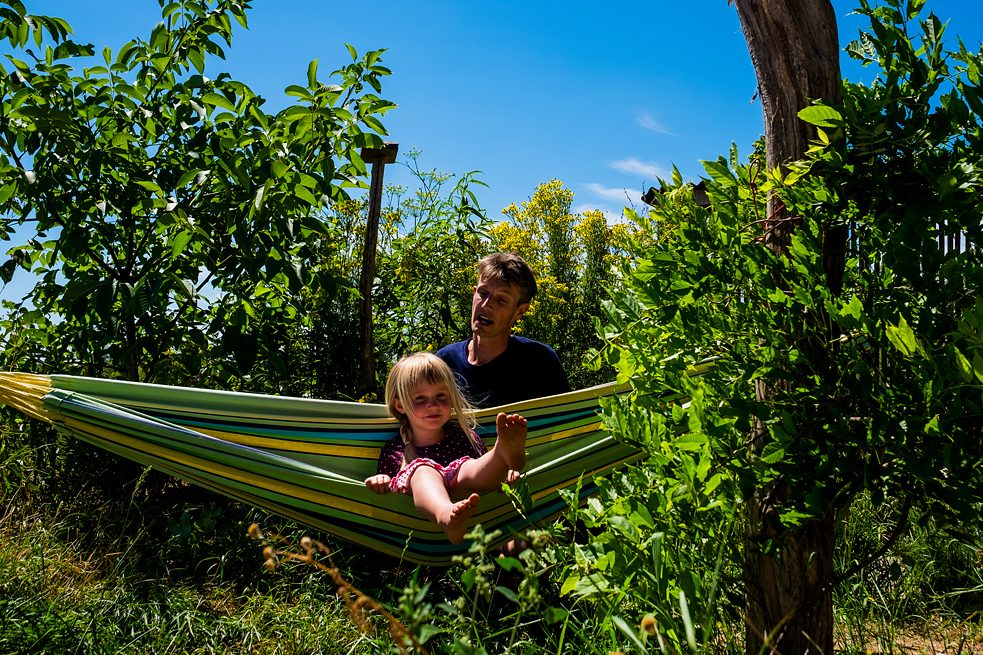
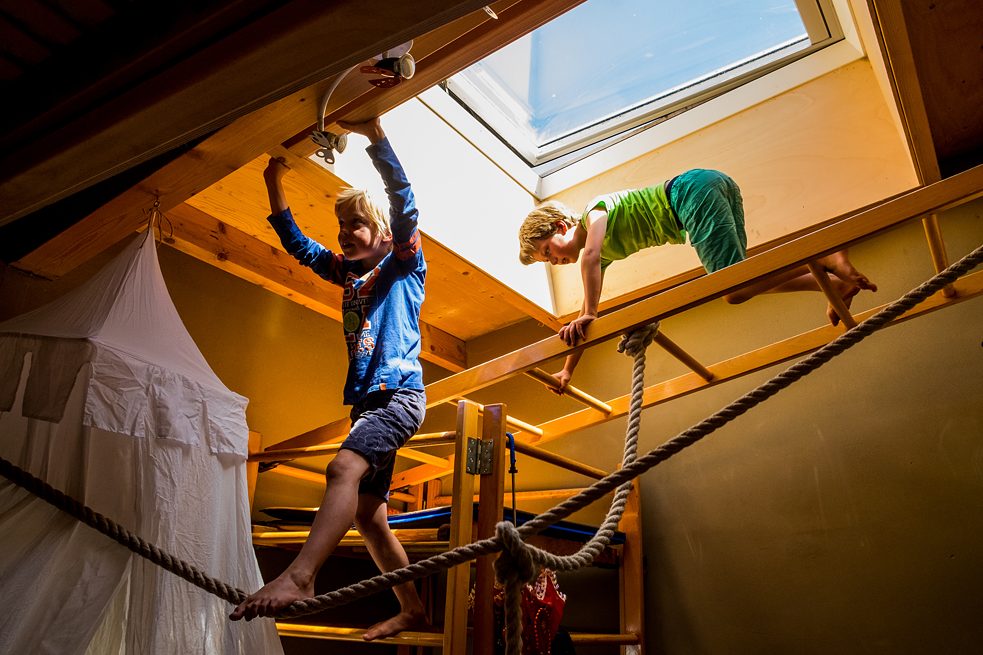
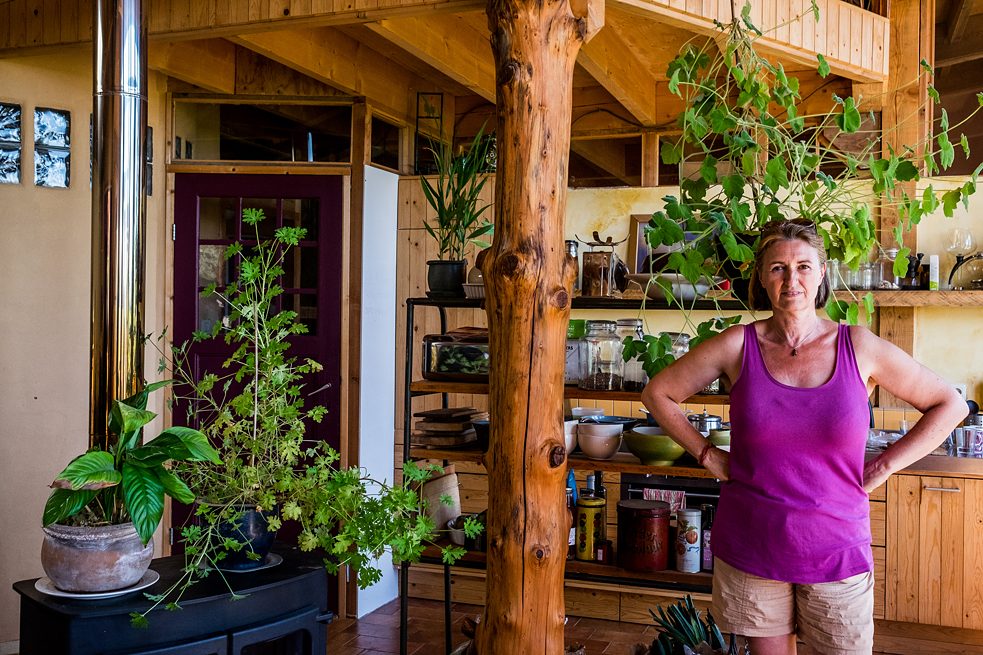
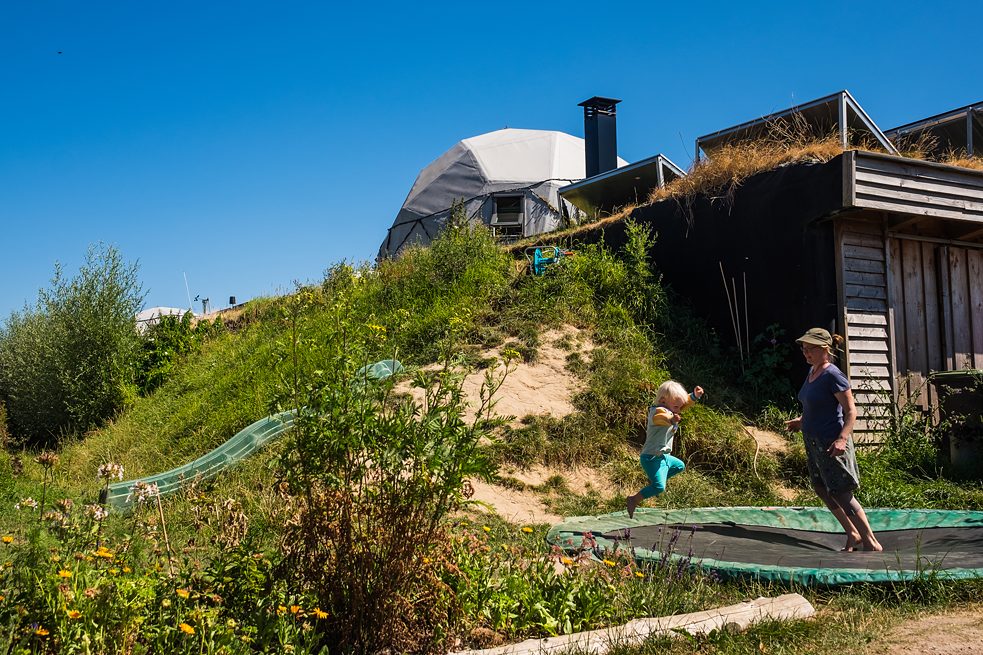
Comments
Comment